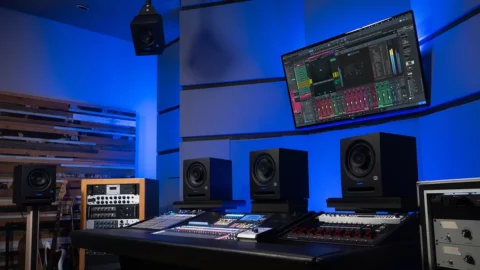Dialr Has Arrived ‘The First AI-Mapped Plugin Controller’
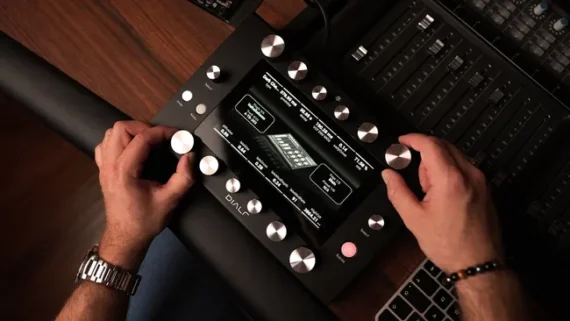
Dialr takes the headache out of MIDI mapping with “world’s first” AI-powered plugin controller.
At their best, MIDI controllers make using a DAW faster, more efficient and more intuitive, empowering us to ditch the mouse and keyboard and enjoy hands-on control over our plugins and devices via knobs, faders, pads and buttons.
That’s all well and good, but reaching that point often requires us to manually map each parameter we’d like to tweak to a corresponding knob on our controller, a time-consuming process that typically needs to be undertaken every time that we want to control a new plugin or device, nudging us out of that all-important creative flow.
While some DAWs offer auto-mapping functionality, this isn’t always consistently reliable, especially when using third-party plugins – and Native Instruments’ recently-expanded NKS protocol also offers a potential solution, but only if you’re working with NKS-compatible plugins and controllers.
Danish company Producely believes it has the answer: Dialr. A new controller that the brand is calling “the world’s first AI-powered controller for audio plugins”, Dialr uses an AI-based auto-mapping engine to take the headache out of parameter mapping – simply open up any VST3/AU plugin and Dialr will instantly map its most essential parameters to its 12 analogue knobs, Producely says.
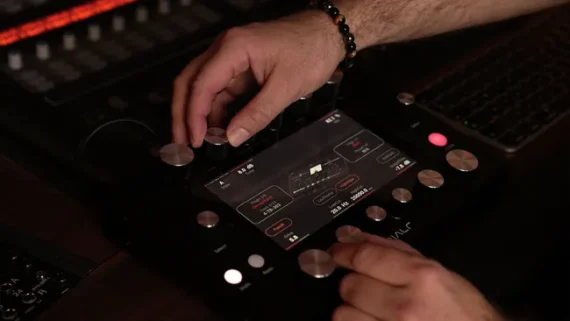
Producely’s cloud-based platform uses AI to analyze plugin architectures and build custom mapping profiles for all of your instruments and effects; these are then downloaded to the device and stored locally. Equipped with 12 analogue potentiometers, two clickable step encoders and three buttons, Dialr’s controls are centred around a 7″ LCD touch-screen that displays plugin names, parameter values and more.
Dialr is designed to help users build muscle memory and work more efficiently – its knobs come in three different sizes to make them easier to identify at a glance, and the software auto-maps common parameters like Wet/Dry, Frequency or Input Gain to the same positions on the controller each time to help you work faster.
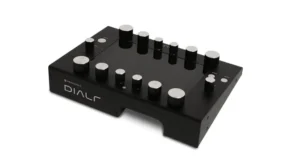
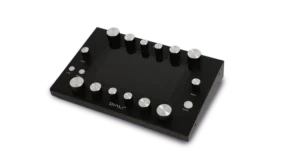
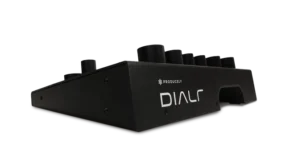
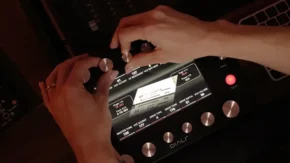
Dialr supports more than 100,000 VST3/AU plugins out of the box, but the manufacturer notes that some vendors such as Native Instruments, Spectrasonics and Waves use custom wrapper layers that “require special handling”. The company says they’re actively working to expand compatibility with these brands.
Parameter mapping kills creativity – we all hate it. That’s really where Dialr started,” says Producely CEO Morten Søderquist. “I wanted to sit down, open any plugin, and just start turning knobs. No setup, no learning curve. Auto-mapping should feel like you have an assistant who already knows every plugin in your collection. That’s what Dialr’s AI cloud gives you – great mappings, always ready.”
Dialr runs on macOS and Windows, but is currently only compatible with Ableton Live and Cubase. Producely says more DAWs are coming soon. It’s priced at €749 but there’s an introductory price of €649 available right now.
Find out more on Producely website.
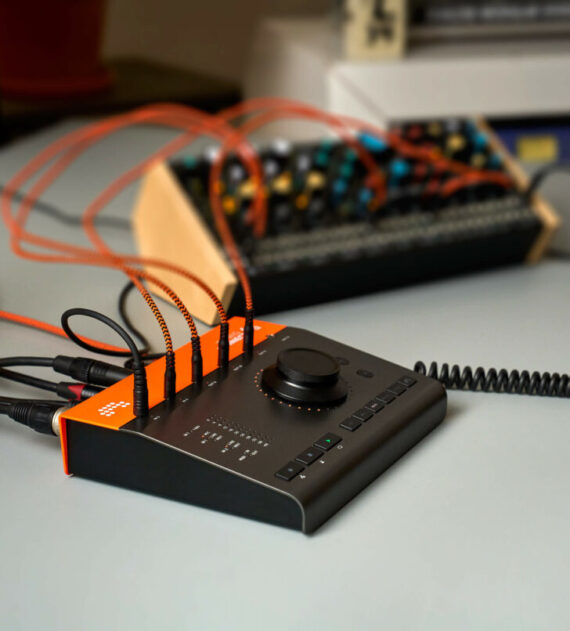

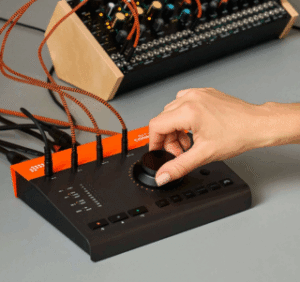 Bitwig Connect bridges the user’s hardware devices, like synths and modular systems, and Bitwig Studio’s comprehensive Hardware Out tools (CV in/out, Analog Clock, MIDI CC, etc.). Its bidirectional CV capabilities extend Bitwig Studio’s unique modulation system and The Grid to your hardware, and vice versa. Bitwig Connect makes this connectivity seemingly effortless with plug-and-play simplicity and visual feedback.
Bitwig Connect bridges the user’s hardware devices, like synths and modular systems, and Bitwig Studio’s comprehensive Hardware Out tools (CV in/out, Analog Clock, MIDI CC, etc.). Its bidirectional CV capabilities extend Bitwig Studio’s unique modulation system and The Grid to your hardware, and vice versa. Bitwig Connect makes this connectivity seemingly effortless with plug-and-play simplicity and visual feedback.